全站搜索
Search the entire website
Search the entire website
Gabbro is a coarse-grained, dark-colored, intrusive igneous rock. It is usually black or dark green in color and composed mainly of the minerals plagioclase and augite. It is the most abundant rock in the deep oceanic crust. Gabbro has a variety of uses in the construction industry. It is used for everything from crushed stone base materials at construction sites to polished stone counter tops and floor tiles.
ZONEDING MACHINE focuses on manufacturing rock processing equipment. ZONEDING MACHINE builds crushing plants, specifically for hard stones like Gabbro. Gabbro is a very hard igneous rock, which is dense and abrasive, meaning it can cause significant wear and tear on machines. For your operations, you may want to efficiently crush Gabbro, reduce expenditure on wear parts, and achieve high output. This article will explain how ZONEDING MACHINE’s equipment and solutions can help you efficiently process this challenging stone.
Here are very common gabbro crushing plants for reference. They have been proven by practice. And they have the advantages as follows:
Gabbro is known as a “tough bone” in the stone world. It is a hard igneous rock. This means it formed from cooling lava deep underground. Its structure is coarse-grained. It has tough minerals inside. These minerals make it hard to break. They also make it very abrasive. Abrasive means it grinds away metal like rough sandpaper. Crushing Gabbro puts huge stress on crushing machines.
The hardness means crushers need strong build. They need powerful motors. They need to apply a lot of force to break the rock. The abrasion means the parts inside the crusher that touch the rock wear out very fast. These are parts like jaw plates, cone liners, and impact plates. Fast wear means you have to stop the plant often. You have to buy new parts. This adds a lot to your costs. A Gabbro crushing plant must be designed to handle this high wear. You need machines built specifically for hard, abrasive rock. You also need a plan to manage wear part replacement.
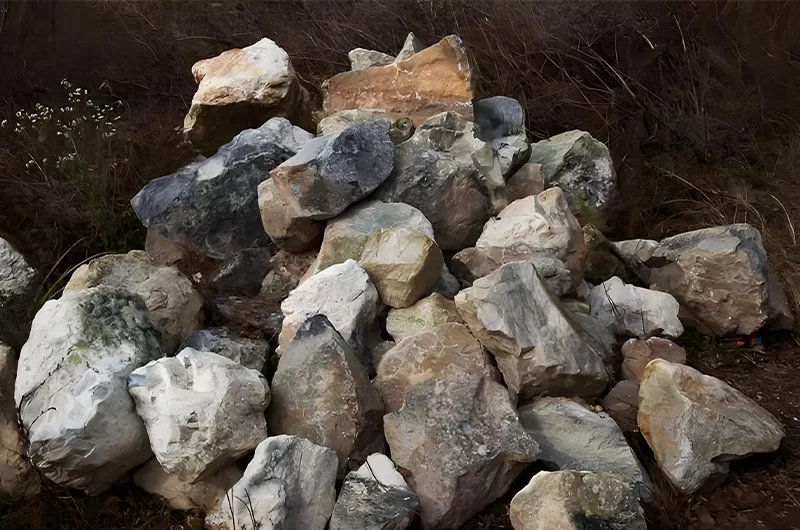
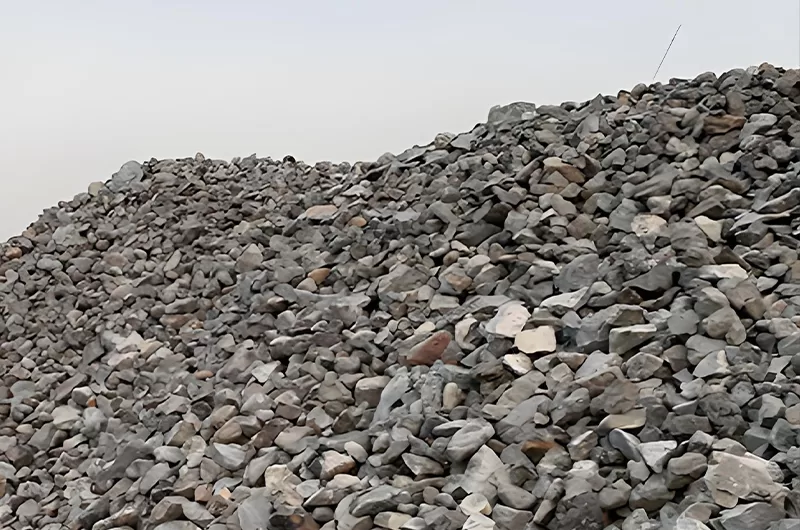
When rock is hard, the crusher must use more force to break it. This means the machine needs to be very strong. The frame, the shaft, the bearings all need to handle high pressure. When rock is abrasive, it rubs away the surfaces it touches. Think of a stone rubbing against steel. Gabbro does this very effectively due to its hard mineral content.
This combined hardness and abrasion means the crushing surfaces wear down quickly. The gap in the crusher changes as the parts wear. This affects the size of the crushed stone. You have to adjust the crusher settings more often. Or you have to stop and change the worn parts. This is why for Gabbro, the design of the crusher and the materials of the wear parts are maybe the most important things. You need machines built strong and with parts that resist wear as much as possible.
You need machines that are true “tough guys” to crush Gabbro. Standard crushers might not last long. The best machines for Gabbro use crushing methods that handle hard, abrasive material well. For the first stage, breaking big rocks from the quarry, a is the standard. It is the cornerstone of a good hard rock plant. It is built very strong. It uses powerful plates to squeeze and break the large Gabbro pieces. It can handle the size and hardness of raw Gabbro feed.
After the jaw crusher, you need to break the rock into smaller pieces. Cone Crushers are excellent for the second and third crushing stages. They work by squeezing rock between a moving cone and a fixed bowl. This design is very effective for hard rock. Cone crushers produce a good shape for aggregate. They also have robust designs and wear-resistant liners. If you need to make fine aggregate or improve the shape further, sometimes a VSI Sand Making Machine is used in the final step. These machines break rock by hitting it at high speed. But for very abrasive Gabbro, VSI wear parts can wear extremely fast. So, cone crushers are usually the main secondary and tertiary crushers for Gabbro.
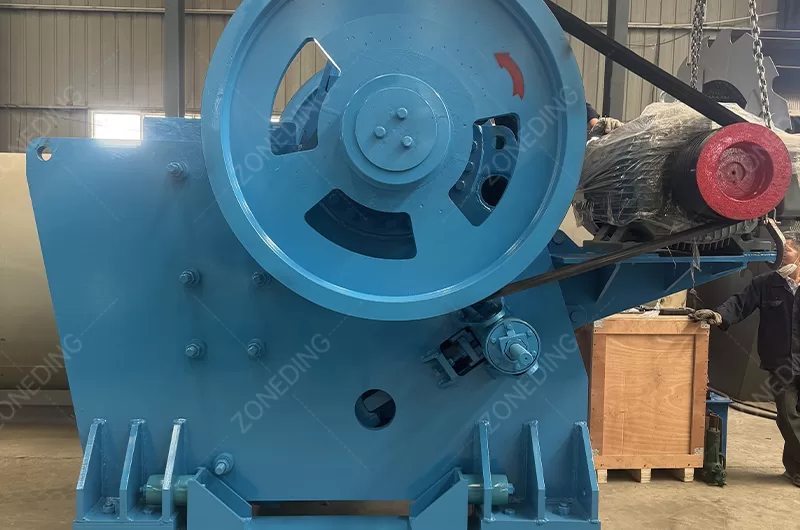
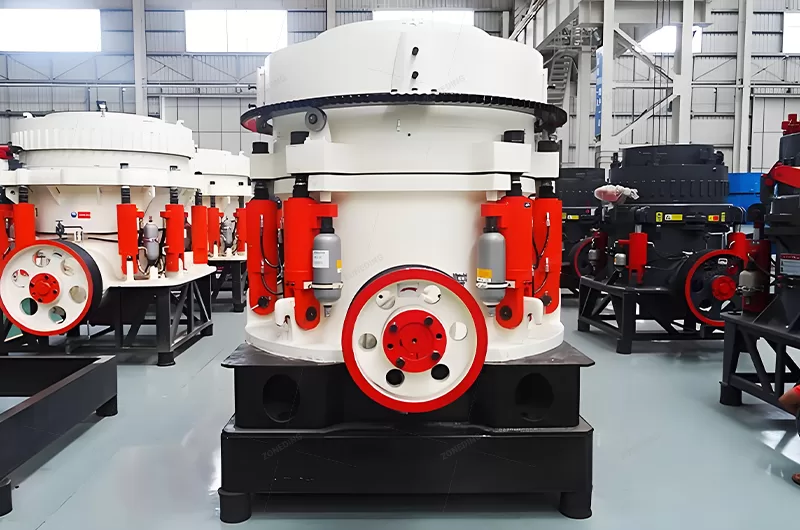
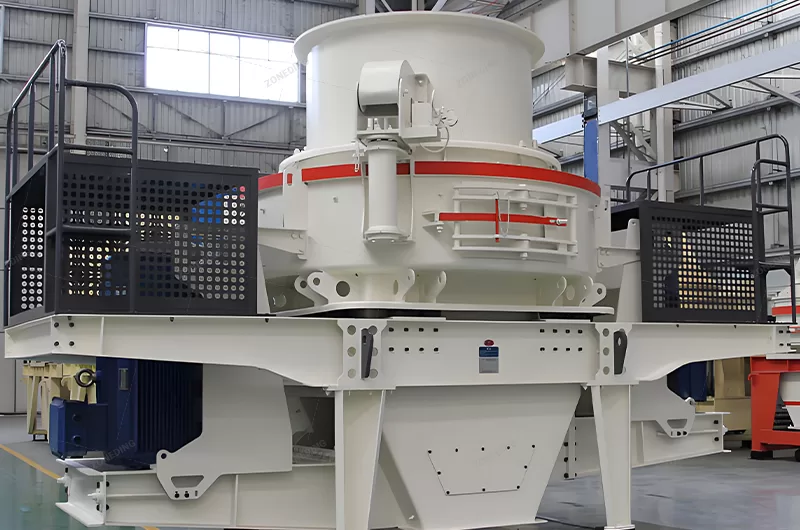
Yes, the Jaw Crusher and the Cone Crusher are usually the main pair in a Gabbro crushing plant. The jaw crusher takes the large rocks from the mine. It breaks them down to a size that the cone crusher can handle. This first step is important because the jaw crusher needs to be very robust to handle the impact of large, hard pieces.
The cone crusher then takes the output from the jaw crusher. It breaks it down further. A Gabbro plant might have one or two cone crushers after the jaw crusher to get the final sizes needed. Cone crushers are good because you can adjust them to change the output size. They also produce a better shape of stone than jaw crushers. Both machines must be heavy-duty and designed specifically for hard, abrasive applications like Gabbro. Their design and the materials used are key to handling this tough rock.
Wear parts are a major cost for crushing Gabbro. These are the parts inside the crushers and screens that the rock touches. They wear down because Gabbro is very abrasive. Replacing these parts costs money for the new part. It also costs money because the plant stops production while parts are changed. You must find ways to make these parts last longer. This directly lowers your operating costs.
Choosing the right material for wear parts is very important. High manganese steel alloys (like Mn18% or Mn21%) are commonly used for Jaw Crusher plates and Cone Crusher liners because they work well with impact and abrasion. The specific alloy should match the Gabbro’s characteristics. Different Gabbro sources might have slightly different properties. Getting advice from experienced suppliers like ZONEDING is wise. Also, the design of the wear parts themselves can matter. Some designs help spread the wear more evenly. How you operate the crusher also affects wear. Feeding the crusher properly, not too much or too little, helps. Keeping a full chamber in a cone crusher can actually reduce wear compared to running it empty. Regular maintenance also helps. Greasing points and checking settings keeps machines running right. These steps extend wear part life.
It is not magic, but smart choices and good practice.
A smart Gabbro crushing plant works like a well-oiled machine. It takes the raw rock and turns it into finished product smoothly and quickly. It handles the tough nature of Gabbro without constant stops. High output comes from a process flow that is designed correctly. It uses the right machines in the right order. It moves material efficiently between machines.
The process starts with a heavy-duty feeder. This feeder controls how much raw Gabbro goes into the primary crusher, the Jaw Crusher. After the jaw crusher, the material goes to a screen. This is a Vibrating Screen. The screen separates the rock by size. Pieces that are small enough go to the next stage or become final product. Bigger pieces go to the secondary crusher, usually a Cone Crusher. This screening step is very important. It stops already small rock from going through the cone crusher. This saves energy and reduces wear on the cone crusher. The material might go through another stage of cone crushing and screening to get the exact final sizes and shapes needed for high-quality Gabbro aggregate. Having buffer stockpiles between main stages can help maintain flow even if one machine is temporarily down. This planned sequence of crushing and screening maximizes output and keeps the plant running steadily.
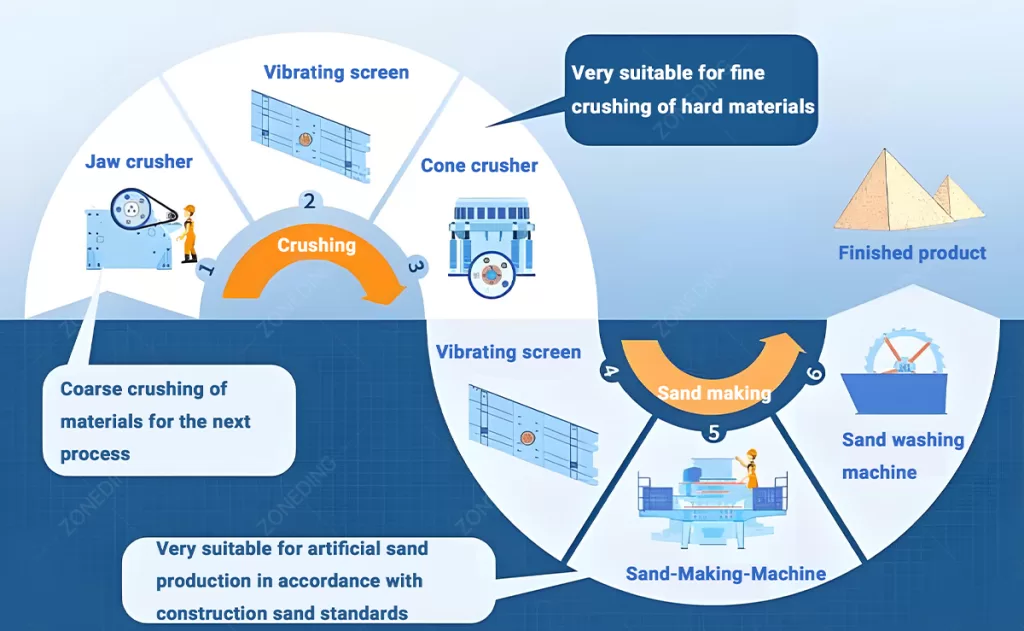
Here is a common and effective process flow for crushing tough Gabbro:
Breaking hard rock like Gabbro takes a lot of power. The motors on crushers, screens, and conveyors use significant electricity. Energy cost is a large part of running a Gabbro crushing plant. You want to crush as much rock as possible for the energy you use. This makes your operation more profitable. There are smart ways to lower your energy bill. It starts with choosing energy-efficient equipment.
Modern crushing machines are designed to use power more effectively. They break rock with less wasted energy compared to older models. Making sure your plant layout allows for smooth material flow prevents bottlenecks. When machines are overloaded or run empty due to poor flow, they waste energy. Using variable speed drives (VSDs) on some motors allows you to match the motor speed to the actual material flow. This saves energy when the plant is not running at full capacity. Proper maintenance also ensures machines run efficiently. A well-maintained machine uses less power. Crushing in multiple stages with the right type of crusher for each size reduction step is also more energy efficient than trying to do too much in one step. Focusing on these areas helps cut down on energy use per ton.
Gabbro is a strong rock. It makes excellent aggregate for high-strength concrete, asphalt, and road bases. But just breaking the rock is not enough. You need to produce aggregate that meets strict standards. This means the crushed pieces must have the right size distribution (gradation). They must also have a good shape, usually cubical or angular, not long and flat. Making high-quality Gabbro aggregate requires specific steps in your crushing and screening process.
After the main crushing stages with Jaw Crusher and Cone Crusher, the crushed rock goes through screens. Vibrating Screens are essential here. They sort the material into precise size ranges. You need reliable screens with durable screen media (the mesh or plates with holes) to handle the abrasive Gabbro. Sometimes, a final stage crusher is needed specifically for shaping. A VSI Sand Making Machine or a shaping cone crusher can improve the particle shape by breaking weaker, non-cubical pieces. Quality control is also key. Regularly test the size and shape of your final product. Adjust crusher settings and screen media as needed. Producing top-quality Gabbro aggregate allows you to sell your product for a better price and meet the demands of high-standard construction projects.
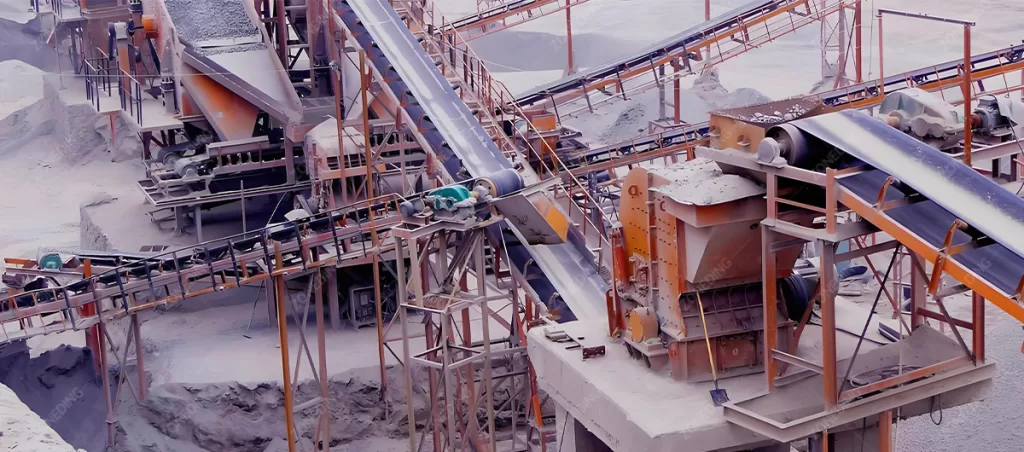
Screening Gabbro can be tricky. The rock is dense and abrasive. This wears down the screen media quickly. Worn screens have larger holes. This means you might get oversized material in your final product. Fine material from crushing can also be sticky, especially if there is moisture. This can blind or clog the screen openings.
To handle these challenges, you need heavy-duty Vibrating Screens designed for hard rock. The screen structure must be strong. The vibrating mechanism needs to be powerful. The screen media should be made from wear-resistant material, like high manganese steel wires or special rubber or polyurethane panels designed for abrasion. Proper screen angle and vibration settings help prevent blinding. Regular cleaning and inspection of the screens are necessary to ensure they are sorting correctly and not worn out. Screening is not just separating sizes; it is the final step to guarantee your Gabbro aggregate meets the required specifications.
Running a Gabbro crushing plant involves several costs. You need to understand them to make a profit. The big costs are power consumption, wear parts, labor, and maintenance. For Gabbro, wear part cost is usually the highest because the rock is so abrasive. Power cost is also significant because breaking hard rock uses a lot of energy. You also pay for staff to operate and maintain the plant. Unexpected breakdowns mean maintenance costs and lost production money.
To be profitable, you must focus on the cost per ton of finished product. This includes all your operating costs divided by the total tons of aggregate produced. Lowering wear costs means choosing good quality wear parts and operating your machines well. Reducing energy use means choosing efficient machines and optimizing your plant flow. Preventing breakdowns through planned maintenance is cheaper than fixing major failures. Training your team helps them run the plant efficiently and safely. When you compare different equipment or suppliers, don’t just look at the purchase price. Ask about estimated power consumption, wear part life with Gabbro, and maintenance needs. These long-term costs heavily impact your total cost per ton and your overall profit. ZONEDING helps customers calculate these costs and choose equipment that offers better value over time.
When investing in a Gabbro crushing plant, the equipment purchase price is just one part of the total cost. Other costs can be significant:
Mobile crushing plants are built on wheels or tracks. They can move from place to place. For Gabbro, this can be a good option depending on your specific situation. If your quarry has different work areas, a mobile crusher can move closer to the blasting site. This reduces how far you have to haul the large raw Gabbro rock. Hauling raw rock is often more expensive than hauling crushed rock.
Mobile plants can be primary (like a Mobile Jaw Crusher) or secondary/tertiary (like a Mobile Cone Crusher). Using mobile units allows for flexible deployment. They are good for projects that move or for crushing material in spread-out locations. They can also be set up faster than a traditional fixed plant. However, mobile plants often have a higher purchase price than fixed plants of the same capacity. They might also use diesel fuel for power, which can be more expensive per ton than grid electricity. Maintenance might also be slightly different. You need to compare the cost savings from reduced hauling against the higher purchase cost and potential fuel costs. For some Gabbro projects, especially temporary ones or those in remote locations, mobile plants are an excellent solution.
The choice between a mobile and a fixed Gabbro crushing plant depends on your project needs.
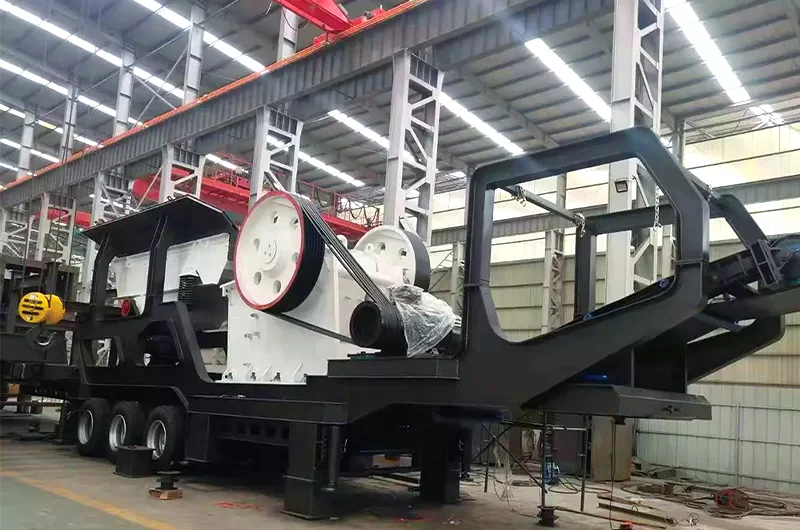
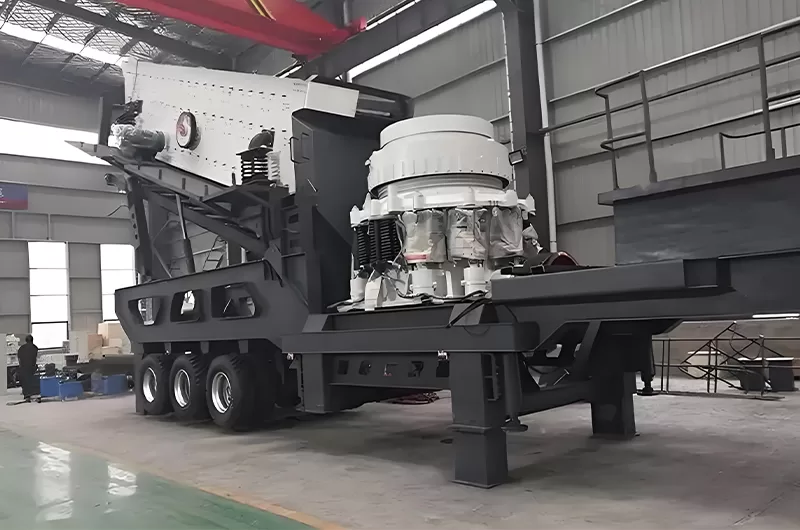
Selecting the right supplier for a Gabbro crushing plant is very important. Gabbro is a difficult material to crush. You need a supplier who understands this. They should have real experience building plants that successfully process hard, abrasive rock. An experienced supplier knows which equipment models and configurations work best for Gabbro. They know how to design the process flow to minimize wear and maximize output. They can recommend the best wear part materials for your specific Gabbro.
Look for a supplier with a long history and many projects completed for hard rock like Gabbro or Andesite. Ask for references from customers who crush similar materials. They should have qualified engineers who can analyze your rock samples and your project requirements. They should design a customized solution, not just sell you standard machines. A good supplier offers full service: plant design, equipment manufacturing, help with installation, training for your operators, and reliable spare parts and technical support over the plant’s life. Processing Gabbro is a challenge. You need a partner with proven knowledge and robust machines. ZONEDING has been building mineral processing equipment since 2004. We have extensive experience designing and supplying crushing plants for hard and abrasive materials in many countries. Our engineers understand the demands of Gabbro.
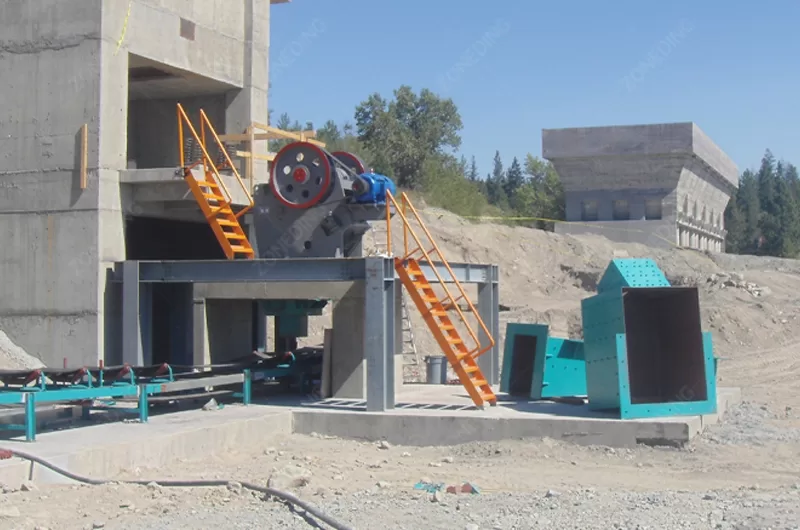
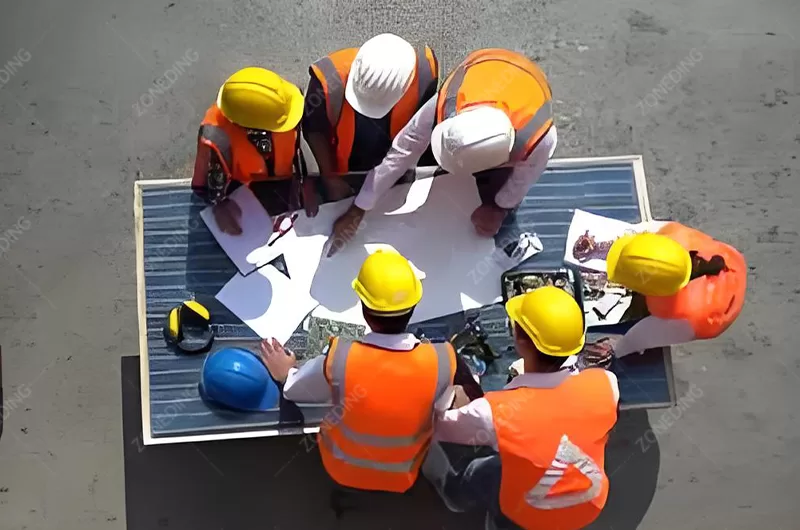
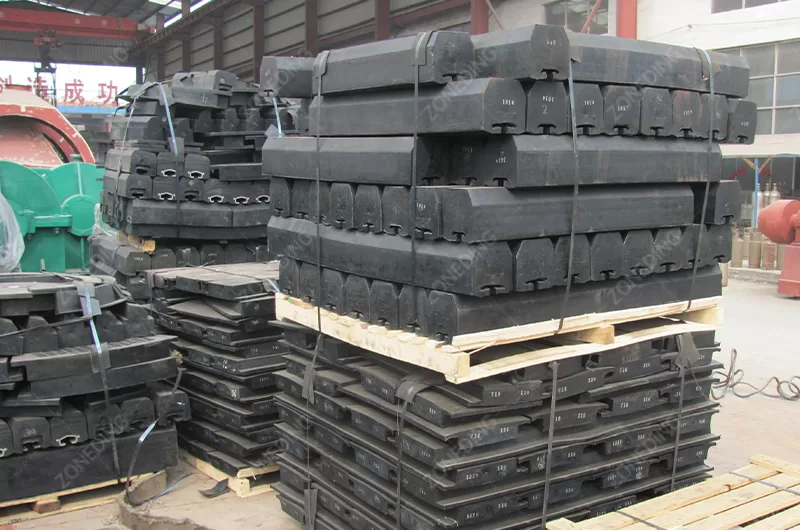
Q 1: What makes Gabbro hard to crush?
A:Gabbro is a hard igneous rock with abrasive minerals. This combination means it takes a lot of force to break it and it wears out machine parts quickly, making crushing expensive.
Q 2: Which crushers are best for Gabbro?
A:Heavy-duty Jaw Crushers for primary crushing and robust Cone Crushers for secondary and tertiary crushing are typically the best choices for processing hard, abrasive Gabbro.
Q 3: How can I reduce wear part costs with Gabbro?
A:Use high-quality wear parts made from suitable materials (like high manganese steel), operate your crushers with proper feeding and settings, and perform regular maintenance.
Q 4: Is a mobile crusher suitable for Gabbro?
A:Yes, mobile crushers like Mobile Jaw Crusher and Mobile Cone Crusher can crush Gabbro. They are useful for projects that need flexibility or are located in spread-out areas, reducing raw material hauling costs.